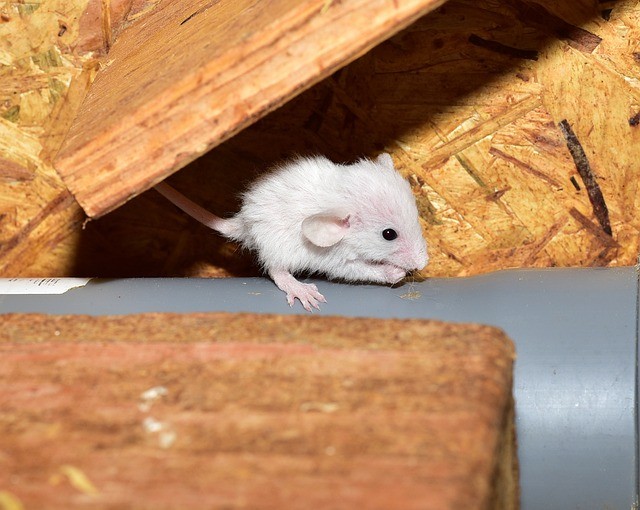Rats can be an annoying problem to deal with, especially if you live in a location where there is a lot of rain. The best way to handle this issue is to use effective tools for getting rid of the rats. One such tool is a trap. There are many options available, such as Lethal and Glue traps.
Lethal traps
Rats are a nuisance animal wherever they are released. They can cause a lot of damage to your property and they can carry diseases. When you are dealing with an infestation, it’s always best to use humane lethal traps.

There are many types of traps available. Some of the most effective include snap traps, kill traps and glue traps. The latter is a type of trap that is sprayed with an industrial strength adhesive to capture the rat.
If you are dealing with a large infestation, you might want to look into using a professional pest control service. This will ensure that your home is rat-free, and that you can avoid any negative health effects on pets and people.
Rats leave behind a lot of debris and droppings. These can damage the insulation of your attic. Plus, they can breed in huge numbers. In addition, rats can make a light scurrying noise at night.
Glue traps
If you are looking for ways to get rid of rats in the attic, you can use glue traps. These are simple boards with sticky glue on one side.
A rodent that gets stuck on a glue board will die slowly and painfully. It may also suffer from exhaustion and suffocation.
This inhumane method of getting rid of rodents is considered to be an ineffective and inefficient way of dealing with the problem. The truth is that there are better ways to deal with the problem. You can hire a professional to handle the job for you.
Another alternative is to place snap traps. Snap traps are relatively cheap, but require some skill to operate properly. They are effective at killing mice. However, they can also be dangerous to people and pets.
When considering using a mouse trap, be sure to choose a safe and humane product. In addition, it is important to take precautions when disposing of dead rodents.
Repellents
Rats and other wildlife can be a serious problem to your home and family. They can cause damage to your roof, insulation, and wiring. Wildlife can also transmit diseases.
In order to keep rats out of your attic, you must seal off the entry points. This can be done by using metal kick plates, wire wool, or cement. You may also want to consider hiring a professional pest control company to do the work for you.
A professional pest control company can analyze your property and help you find areas where rats might be nesting. These areas might be underneath your house, in the crawl space, or in the attic.
If you notice signs of rat infestation in your attic, you can set traps. Make sure to position the traps in high-activity areas. Place the traps so that they are perpendicular to the wall.
It’s best to use plenty of traps. Set them out in 10- to 30-foot intervals.
Deep cleaning
If you have rats in your attic, you have to get rid of them fast! Rats can cause thousands of dollars in damage to your home. They can also spread diseases. Their droppings, urine and feces can carry dangerous germs and viruses.

The CDC recommends that you thoroughly clean all infected areas, including your attic. This will prevent you from catching airborne illnesses. Also, cleaning the attic will help control the air quality of your home.
While it may not seem like a big deal to vacuum up rodents and their droppings, these microscopic bits can be inhaled and can cause disease. In addition, rodents can spread disease and parasites through their feces.
Rats can contaminate attic insulation with their feces and urine. The urine can smell bad, and the feces can carry viruses, bacteria, and parasites.
Rats can squeeze through small holes, but they can make any hole larger. With enough chewing, they can pierce wood, metal, and pipes. And if they chew through wires, they can damage your electrical system.
Image by Silvia from Pixabay
